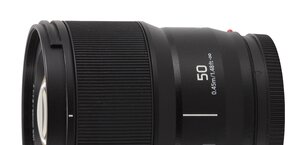Tamron 150-500 mm f/5-6.7 Di III VC VXD
6. Distortion and field of view
Field of view
In its specifications Tamron states that the offered range of angles of view changes from 16°25' at the 150 mm focal range to 4°57' at 500 mm. We checked these declarations by taking photos of starry sky and then we transformed the pixel layout (X,Y) from the photo into the equatorial coordinate system (right ascension and declination), which locates a star on a celestial sphere.In case of the 150 mm focal length we used 100 stars positioned evenly across the frame. The transformation error reached just 2 seconds of arc. The measured field of view amounted to 16.28 deg so 16°16' with an error not exceeding 0.05 deg. That field of view is slightly lower than the official declarations of the producers but the difference is not that big.
In case of the 500 mm focal length we used 22 stars and the mesh-fitting error amounted to just 1 second of arc. The field, measured by us, amounted to 4.96 deg with an error on a level of 0.05 deg. In this case the accordance with official declarations, within the margin of measuring error, is practically perfect.
Distortion
In case of the smaller APS-C detector distortion doesn't give you any reasons to complain. At the widest angle of view you get slight pincushion deformations of +0.97% which start to increase later with the increase of the focal length. At 200 mm you see a level of +1.18%, and at 300 mm already +1.23%. In that moment the increase of the distortion stops and further increase of focal lengths makes it lower. At 400 mm it is +0.97%, and at 500 mm it decreases even further, to +0.69%.
Please Support UsIf you enjoy our reviews and articles, and you want us to continue our work please, support our website by donating through PayPal. The funds are going to be used for paying our editorial team, renting servers, and equipping our testing studio; only that way we will be able to continue providing you interesting content for free. |
- - - - - - - - - - - - - - - - - - - - - - - - - - - - - - - - - - - - - - - - - - - - - - - -
| Sony A7R IIIa, APS-C, JPEG, 150 mm | |||
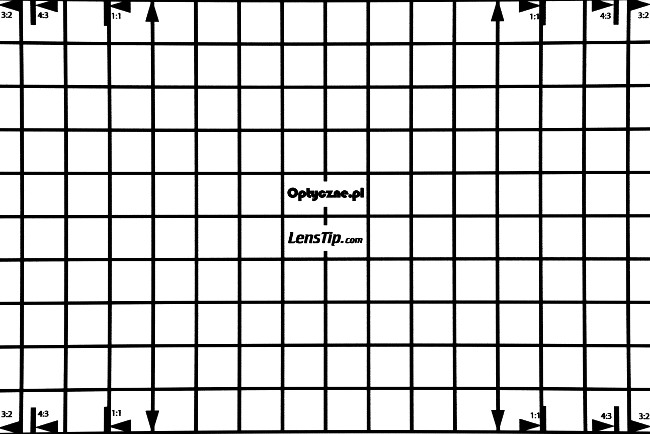
|
|||
| Sony A7R IIIa, APS-C, JPEG, 200 mm | |||
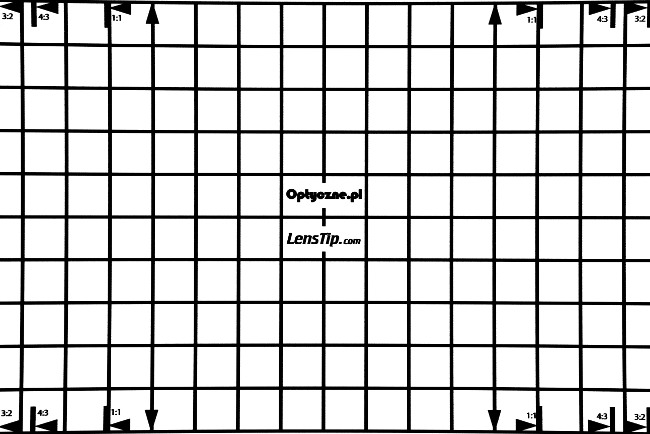
|
|||
| Sony A7R IIIa, APS-C, JPEG, 300 mm | |||
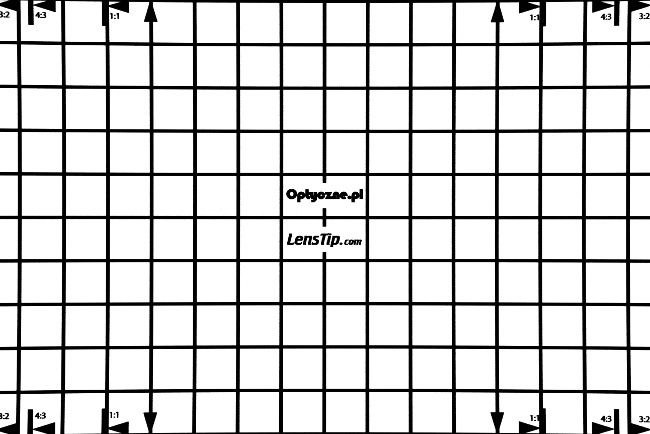
|
|||
| Sony A7R IIIa, APS-C, JPEG, 400 mm | |||
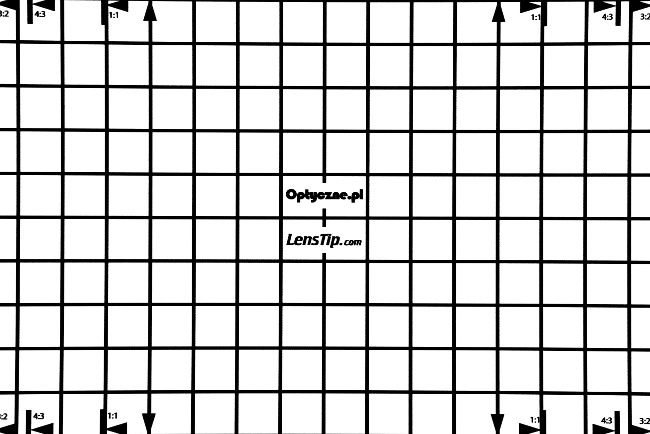
|
|||
| Sony A7R IIIa, APS-C, JPEG, 500 mm | |||
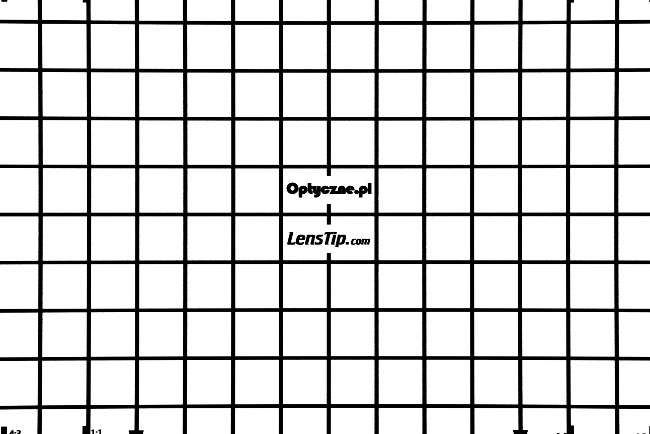
|
|||
On full frame the problems become more serious, but the trends remain the same, with a noticeable peak of distortion in the middle of the focal range. At 150 mm we got a result of +2.30%, at 200 it is a value of +2.90%, and at 300 mm you deal with +3.02%. At 400 and 500 mm focal lengths the results amounted to, respectively, +1.95% i +1.74%.
Distortion on a level of 3% is not something you would like to see in a telephoto lens with a relatively small zoom factor, reaching 3.33x. In this area you can expect a better performance and it's a pity you don't get it in this case.
| Sony A7R IIIa, FF, JPEG, 150 mm | |||
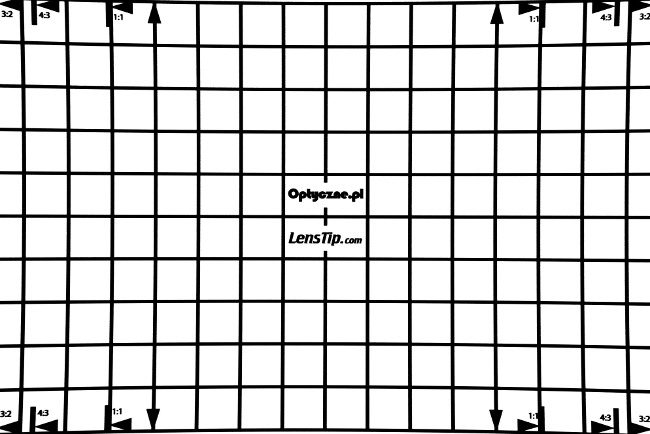
|
|||
| Sony A7R IIIa, FF, JPEG, 200 mm | |||

|
|||
| Sony A7R IIIa, FF, JPEG, 300 mm | |||

|
|||
| Sony A7R IIIa, FF, JPEG, 400 mm | |||
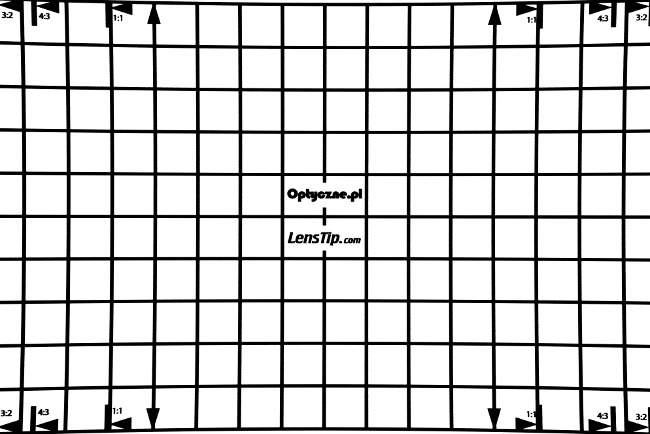
|
|||
| Sony A7R IIIa, FF, JPEG, 500 mm | |||
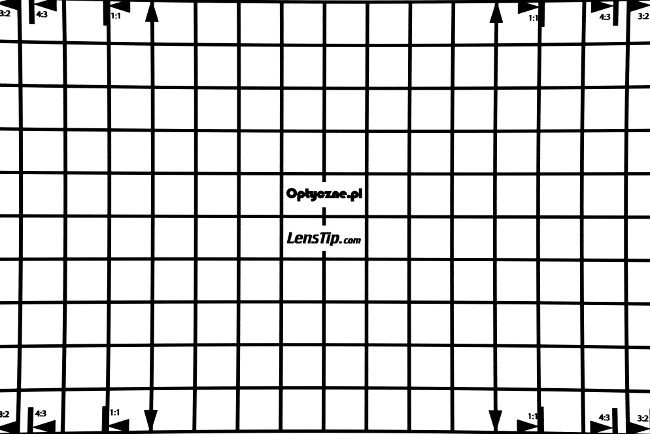
|
|||




